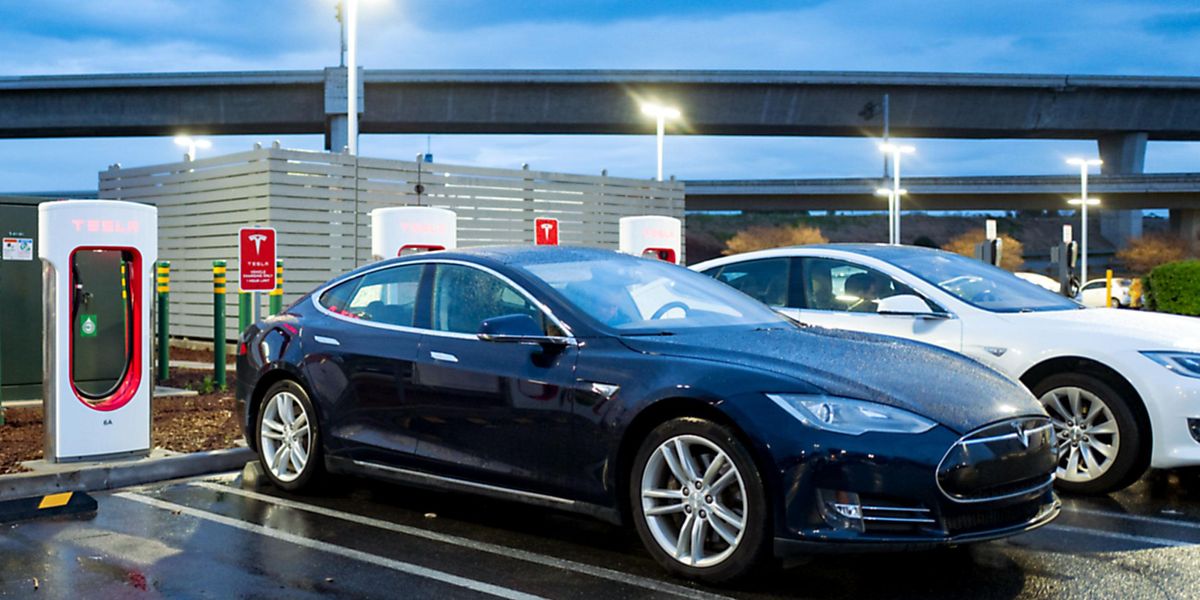
The United States is residence to the world’s most significant biofuel software. For the earlier ten years and a 50 %, the U.S. authorities has mandated that the country’s government-operated planes, trains, and cars operate on a gas mix partly created from corn- and soybean-primarily based biofuels.
It is a plan with decidedly mixed results. Now, it may well get a breath of new existence.
Before this month, Reuters documented that the program could be expanded to offer energy for charging electrical cars. It would be the biggest change in the history of a system that has, in part, unsuccessful to are living up to its designers’ formidable goals.
In just one way, the program in question—the Renewable Gas Regular (RFS)—is a relic from a bygone era. U.S. lawmakers established the RFS in 2005 and expanded it in 2007, perfectly just before solar panels, wind turbines, and electric vehicles grew to become the stalwarts of decarbonization they are these days.
The RFS, in essence, mandated that the mix powering engines in the nation’s official support cars run on a specific sum of renewable gasoline. Petroleum refiners have to set a specified amount of renewable fuel—such as ethanol derived from corn or cellulose—into the U.S. offer. If a refiner could not manage it, it could acquire credits, known as Renewable Identification Figures (RINs), from a supplier that did.
From 2006, the RFS set a routine of annually obligations through 2022, with every year climbing RIN targets. The extended-time period targets had been far more bold than the genuine amount of money of biofuel the U.S. ever truly developed. (It didn’t assist that fossil fuel producers fought tooth and nail to cut down their obligations. Meanwhile, agriculture-business lobbyists fought just as tricky versus individuals reductions.)
By the mid-2010s, the U.S. Environmental Security Company, which stewards the RFS, had continuously downsized the targets by almost 25 percent. In 2016, a U.S. government report stated, rather bluntly, that “it is not likely that the objectives of the RFS will be fulfilled as envisioned.” A more modern review discovered that, considering the fact that the application coaxed farmers into applying additional land for corn cultivation, RFS biofuel wasn’t truly any much less carbon-intensive than gasoline.
Now, it is 2022. Amidst a backdrop of rising fuel rates, the Biden administration may carry the RFS its biggest shakeup yet.
The proposed changes are not set in stone. The EPA is less than orders to propose a 2023 mandate by 16 November. Any electrical auto include-on would probable debut by then. Reuters earlier reported that the Biden administration has arrived at out to electrical car maker Tesla to collaborate on crafting the mandates.
The changes may bolster the RFS with a new style of credit, an “e-RIN,” which would mark an quantity of electricity used for charging electric automobiles. The alterations could possibly nudge the RFS away from corn and oil: Automobile-charging organizations and electric power-plant biogas suppliers may well grow to be eligible, too.
It wouldn’t be this administration’s initial attempt at boosting electrical autos. Although California qualified prospects point out governments in slating a 2035 goal for ending most interior combustion vehicle revenue, the federal government’s ambitious Inflation Reduction Act allotted money for tax credits on electric motor vehicles. That prepare, having said that, has established contentious because of to an asterisk: A $7,500-for each-car credit score would apply only to cars and trucks for which most battery material and components arrive from North The united states.
Numerous analysts imagine that the strategy could really sluggish electric car get-up instead than speed up it. And despite the fact that the program seeks to lower U.S. electric powered-car provide chains’ reliance on Chinese scarce earths and battery elements, U.S.-welcoming governments in Europe, Japan, and South Korea have criticized the approach for purportedly discriminating towards non-U.S. motor vehicles, possibly breaching Environment Trade Organisation principles.
Nunes states it is at this time unclear no matter whether federal govt action by means of a fuel conventional would be extra successful than direct investment decision. It’s not the only concern with an answer that is still in flux.
“How much cleaner are electrical automobiles relative to inner combustion engines that are run by fuels that slide less than the RFS?” says Nunes. “Because that’s really the comparison that you care about.”
What that usually means is that any electric automobile common will only be as carbon-cost-free as the source chains that go into generating the motor vehicles and the electrical grid from which they attract electric power and that places the tension on governments, electric power vendors, and individuals alike to decarbonize the grid.
Meanwhile, in a upcoming U.S. the place electrical vehicles arrive to dominate the roads, sidelining internal combustion engines and liquefied fuels for fantastic, do biofuels and the RFS’s first purpose still have a position?
Nunes believes so. “There are definitely regions of the economic climate the place electrification does not make a great deal of feeling,” he states.
In the planet of aviation, for occasion, battery tech has not pretty sophisticated to a point that would make electric flights possible. “That’s where, I feel, using points like sustainable aviation fuels and biofuels, et cetera, helps make a great deal much more perception,” Nunes states.



